
Claude Elwood Shannon was an American mathematician, electrical engineer, and cryptographer known as "the father of information theory". Shannon is noted for having founded information theory with a landmark paper, A Mathematical Theory of Communication, that he published in 1948.

Electrical engineering is a professional engineering discipline that generally deals with the study and application of electricity, electronics, and electromagnetism. This field first became an identifiable occupation in the later half of the 19th century after commercialization of the electric telegraph, the telephone, and electric power distribution and use. Subsequently, broadcasting and recording media made electronics part of daily life. The invention of the transistor, and later the integrated circuit, brought down the cost of electronics to the point they can be used in almost any household object.

The history of computing hardware covers the developments from early simple devices to aid calculation to modern day computers. Before the 20th century, most calculations were done by humans. Early mechanical tools to help humans with digital calculations, such as the abacus, were called "calculating machines", called by proprietary names, or referred to as calculators. The machine operator was called the computer.
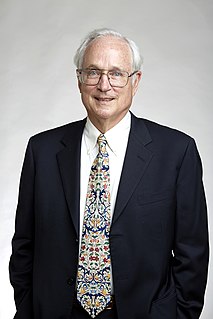
Butler W. Lampson, ForMemRS, is an American computer scientist best known for his contributions to the development and implementation of distributed personal computing.
The year 1951 in science and technology involved some significant events, listed below.

John Leroy Hennessy is an American computer scientist, academician, businessman, and Chair of Alphabet Inc. Hennessy is one of the founders of MIPS Computer Systems Inc. as well as Atheros and served as the tenth President of Stanford University. Hennessy announced that he would step down in the summer of 2016. He was succeeded as President by Marc Tessier-Lavigne. Marc Andreessen called him "the godfather of Silicon Valley."

Sir Maurice Vincent Wilkes was a British computer scientist who designed and helped build the Electronic delay storage automatic calculator (EDSAC), one of the earliest stored program computers and invented microprogramming, a method for using stored-program logic to operate the control unit of a central processing unit's circuits. At the time of his death, Wilkes was an Emeritus Professor of the University of Cambridge.
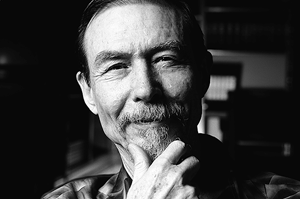
Carver Andress Mead is an American scientist and engineer. He currently holds the position of Gordon and Betty Moore Professor Emeritus of Engineering and Applied Science at the California Institute of Technology (Caltech), having taught there for over 40 years. Mead is an enthusiastic instructor, and he advised the first female electrical engineering student at Caltech, Louise Kirkbride. His contributions as a teacher include the classic textbook Introduction to VLSI Systems (1980), which he coauthored with Lynn Conway.
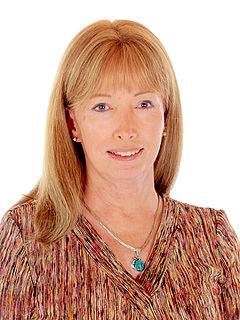
Lynn Ann Conway is an American computer scientist, electrical engineer, inventor, and transgender activist.

Tom Kilburn was an English mathematician and computer scientist. Over the course of a productive 30-year career, he was involved in the development of five computers of great historical significance. With Freddie Williams he worked on the Williams–Kilburn tube and the world's first electronic stored-program computer, the Manchester Baby, while working at the University of Manchester. His work propelled Manchester and Britain into the forefront of the emerging field of computer science.
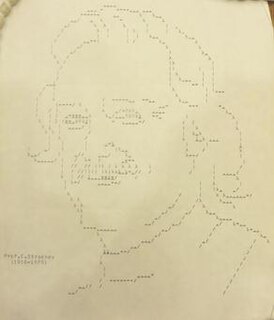
Christopher S. Strachey was a British computer scientist. He was one of the founders of denotational semantics, and a pioneer in programming language design. He was a member of the Strachey family, prominent in government, arts, administration, and academia.
Sir Frederic Calland Williams,, known as F.C. Williams or Freddie Williams, was an English engineer, a pioneer in radar and computer technology.
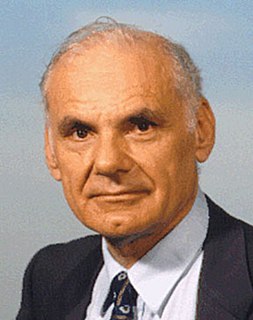
Lawrence Gilman Roberts was an American engineer who received the Draper Prize in 2001 "for the development of the Internet", and the Principe de Asturias Award in 2002.

A transistor computer, now often called a second generation computer, is a computer which uses discrete transistors instead of vacuum tubes. The first generation of electronic computers used vacuum tubes, which generated large amounts of heat, were bulky and unreliable. A second generation of computers, through the late 1950s and 1960s featured circuit boards filled with individual transistors and magnetic core memory. These machines remained the mainstream design into the late 1960s, when integrated circuits started appearing and led to the third-generation machines.
Patrick Eugene Haggerty was an American engineer and businessman. He was a co-founder and former president and chairman of Texas Instruments, Incorporated. Haggerty is most responsible for turning a small Texas oil exploration company into the leader in semiconductors that Texas Instruments is today. Under his influence, the company invested in transistors when their commercial value was still much in question; his company created the first silicon transistor, the first commercial transistor radio, and the first integrated circuit.

The Manchester computers were an innovative series of stored-program electronic computers developed during the 30-year period between 1947 and 1977 by a small team at the University of Manchester, under the leadership of Tom Kilburn. They included the world's first stored-program computer, the world's first transistorised computer, and what was the world's fastest computer at the time of its inauguration in 1962.
Kwabena Adu Boahen is a Professor of Bioengineering and Electrical Engineering at Stanford University. He previously taught at the University of Pennsylvania.
Lawrence Joseph Giacoletto was an American electrical engineer and inventor. He was known among others for his work in the field of semiconductor circuit technology, in particular by the eponymous Giacoletto equivalent circuit for transistors.
Charity Basaza Mulenga is a Ugandan electrical engineer and academic administrator. She was the founding vice chancellor of St. Augustine International University (SAIU), a private institution of higher education that the Uganda National Council for Higher Education accredited in 2011.
















